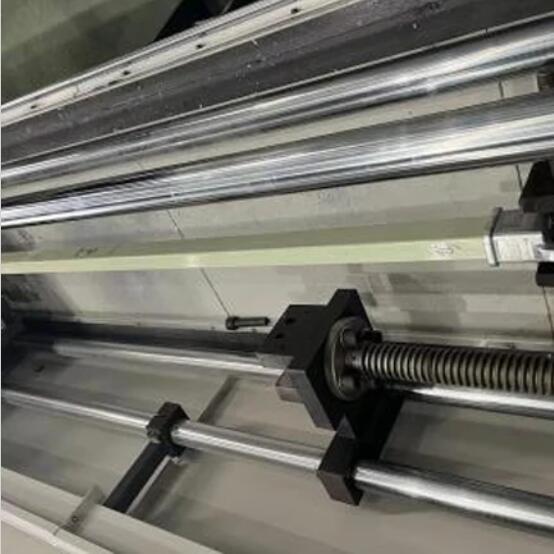Reinventing Infrastructure: The Power of Fiberglass Composite Crossarms
2023-11-27
Introduction:
In the realm of utility and power distribution, the importance of sturdy and reliable crossarms cannot be overstated. Traditionally crafted from materials like wood or steel, these components are essential for supporting power lines and maintaining the integrity of electrical infrastructure. Enter the fiberglass composite crossarm – a revolutionary alternative that is reshaping the landscape of crossarm construction. In this blog, we'll delve into what fiberglass composite crossarms are and explore the significant differences that set them apart from traditional materials.
Understanding Fiberglass Composite Crossarms:
1. Composition:
Fiberglass composite crossarms are engineered structures crafted from a combination of fiberglass and a resin matrix, often epoxy or polyester. The fiberglass reinforcement provides strength and rigidity, while the resin matrix binds the fibers together, creating a durable and lightweight composite material.
2. Manufacturing Process:
The manufacturing process typically involves pultrusion, a method where continuous strands of fiberglass are saturated with resin, pulled through a heated die, and cured to form the desired shape. This results in a crossarm that exhibits consistent material properties and is tailored to specific design requirements.
3. Key Characteristics:
- High Strength: Fiberglass composite crossarms boast exceptional strength-to-weight ratios, providing robust support for power lines while minimizing the overall weight of the structure.
- Corrosion Resistance: Unlike traditional materials, fiberglass composite is inherently resistant to corrosion, making it an ideal choice for areas with high humidity or corrosive environments.
- Electrical Insulation: Fiberglass is an excellent electrical insulator, reducing the risk of electrical discharge and enhancing safety in power distribution systems.
- UV Resistance: Fiberglass composite crossarms are designed to withstand prolonged exposure to ultraviolet (UV) radiation, maintaining their structural integrity and appearance over time.
How Fiberglass Composite Differs from Traditional Materials:
1. Wood:
- Strength and Durability: Fiberglass composite crossarms often surpass wood in terms of strength and durability. They resist rot, decay, and insect damage, common issues associated with wooden crossarms.
- Weight: Fiberglass composite is lighter than wood, facilitating easier handling and installation.
2. Steel:
- Corrosion Resistance: Fiberglass composite crossarms are inherently corrosion-resistant, unlike steel, which can corrode over time, especially in humid or coastal environments.
- Electrical Insulation: Fiberglass provides electrical insulation, reducing the risk of electrical discharge, while steel is a conductor.
3. Aluminum:
- Weight: Fiberglass composite is generally lighter than aluminum, offering the advantage of reduced weight without compromising strength.
- Corrosion Resistance: Similar to steel, aluminum is susceptible to corrosion, while fiberglass composite is corrosion-resistant.
Applications and Considerations:
1. Utility and Power Distribution:
Fiberglass composite crossarms find widespread use in utility and power distribution applications, providing a reliable and corrosion-resistant alternative to traditional materials.
2. Environmental Considerations:
The corrosion resistance and durability of fiberglass composite make it an environmentally friendly choice, contributing to reduced maintenance needs and a longer service life.
3. Customization:
Fiberglass composite crossarms can be tailored to specific design requirements, offering flexibility in terms of shape, size, and performance characteristics.
Conclusion:
Fiberglass composite crossarms represent a paradigm shift in the construction of utility and power distribution infrastructure. Their unique combination of strength, durability, and resistance to environmental factors positions them as a superior alternative to traditional materials. As industries continue to prioritize efficiency, safety, and sustainability, fiberglass composite crossarms emerge as a transformative solution, poised to shape the future of crossarm construction.



